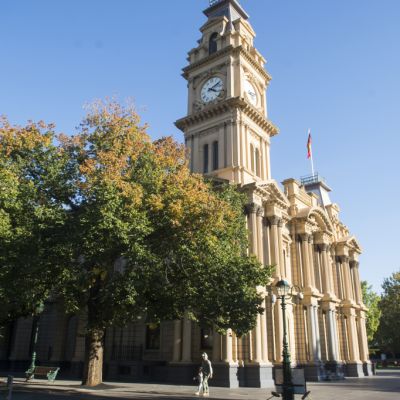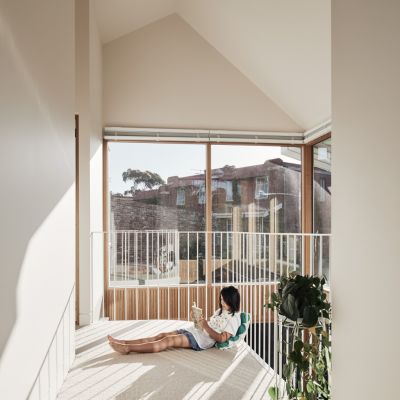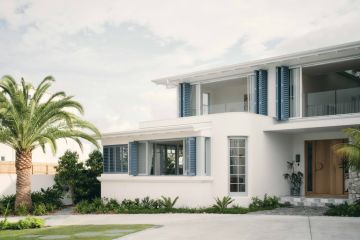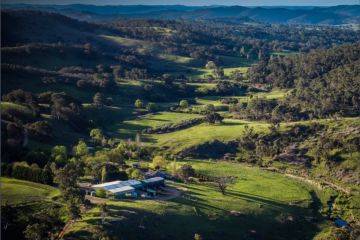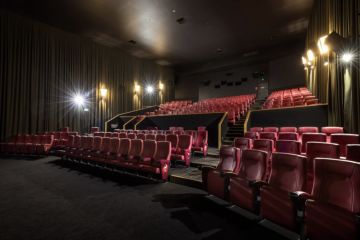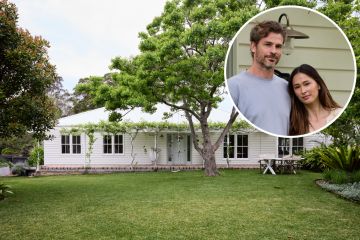Two Sheds: Charming new project as Lorne attracts COVID-changers
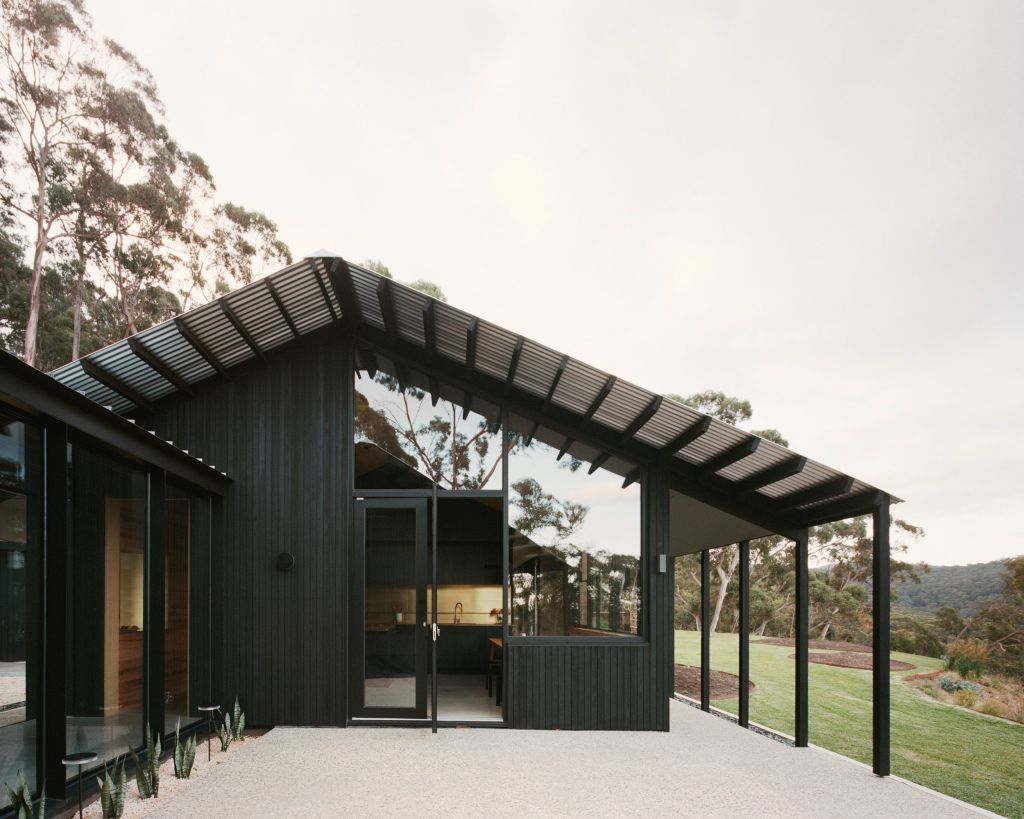
What’s happening down in Lorne, which for over a century has been Victoria’s premier west coast holiday haven, is being repeated in many of the desirable regional lifestyle towns within a two to three-hour commute of Melbourne.
Real estate prices are generally holding up, as many professionals have realised they can work remotely and are moving out of a big and previously congested capital now frustratingly locked down for the second time in a few months.
While city property prices – especially for apartment stock – are in progressive decline, appealing homes in top country towns are in such short supply that in centres like Ballarat and Bendigo, anything good is selling within 30 days.
A sea-facing township nestled into the eucalypt-redolent Otway Ranges, where normally only 25 per cent of dwellings are permanently occupied, lovely Lorne should right now be somnambulating through its usual winter torpor.
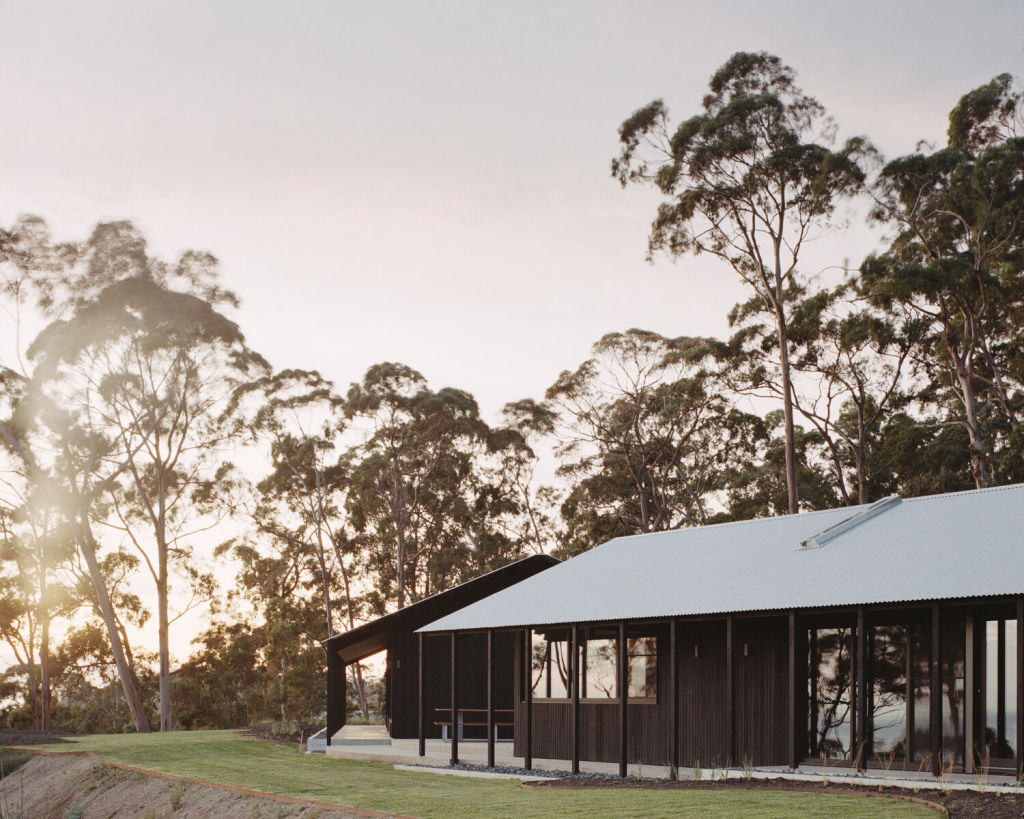
Local agent Ian Stewart of Great Ocean Road Real Estate says the normal pattern of property business along the holiday house-dominated west coast is “we do 65 per cent of our sales between December and Easter”.
But this is an abnormal year and the agent who has been working the coast for 35 years said, “We’ve pushed on through the winter period and we’re going to have our strongest winter selling period ever”.
“Enrolments at our primary school have skyrocketed but our [property] stock levels are as low as at any stage since 2009.
“I’ve seen sea change. I’ve seen tree change. And now we’re seeing COVID-19 change, with a lot of secondary [holiday] house owners deciding that now is the time for the big lifestyle change and they’re moving down here permanently.
“The population is increasing dramatically.”
But, he muses, “what happens after COVID might be just as interesting”.
Like Portsea and Sorrento on Port Phillip Bay, Lorne has maintained such sophisticated appeal that holiday houses continue being built to amazingly high specifications and scales.
Last year, a couple of sales pushed into the high $5 million to low $7 million range.
Yet not everyone wants the big statement spread, be it a permanent or part-time dwelling.
And in a recent build on 10 elevated hectares above the township that was the first major project for a new young Melbourne practice called Dreamer, architect Ben Shields talked his clients, Roger and Jane Nelson, into reducing the size of a proposed multi-generational family holiday house by two thirds and simplifying its appearance to a charmingly rustic silhouette.
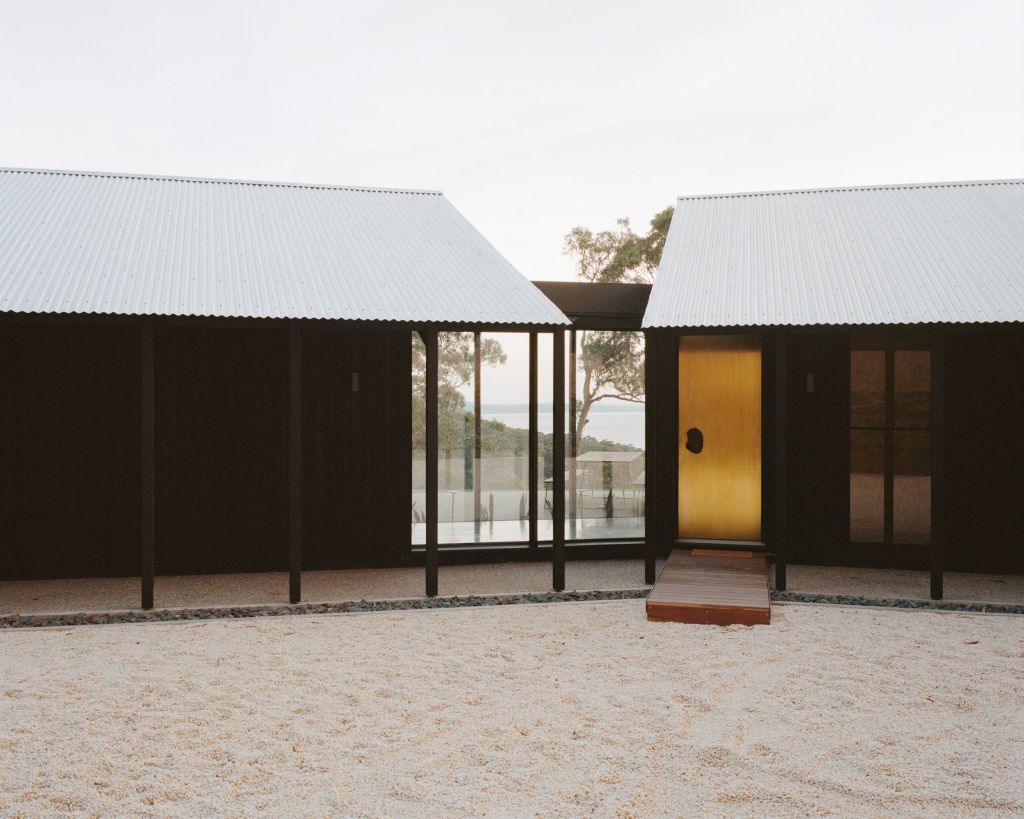
One half of the commissioning couple is an architect “who loved the early concept drawings which were a pair of black buildings set in the landscape, with gable roofs and big, overhanging verandash”.
Two Sheds, a pair of shallowly gabled buildings bent towards wide Bass Strait and coastal views, have an eastern “private” end housing three bedrooms. Meanwhile the western end with the living room surrounded by Messmate-timbered walls makes the “public” end feel quite cabin-like.
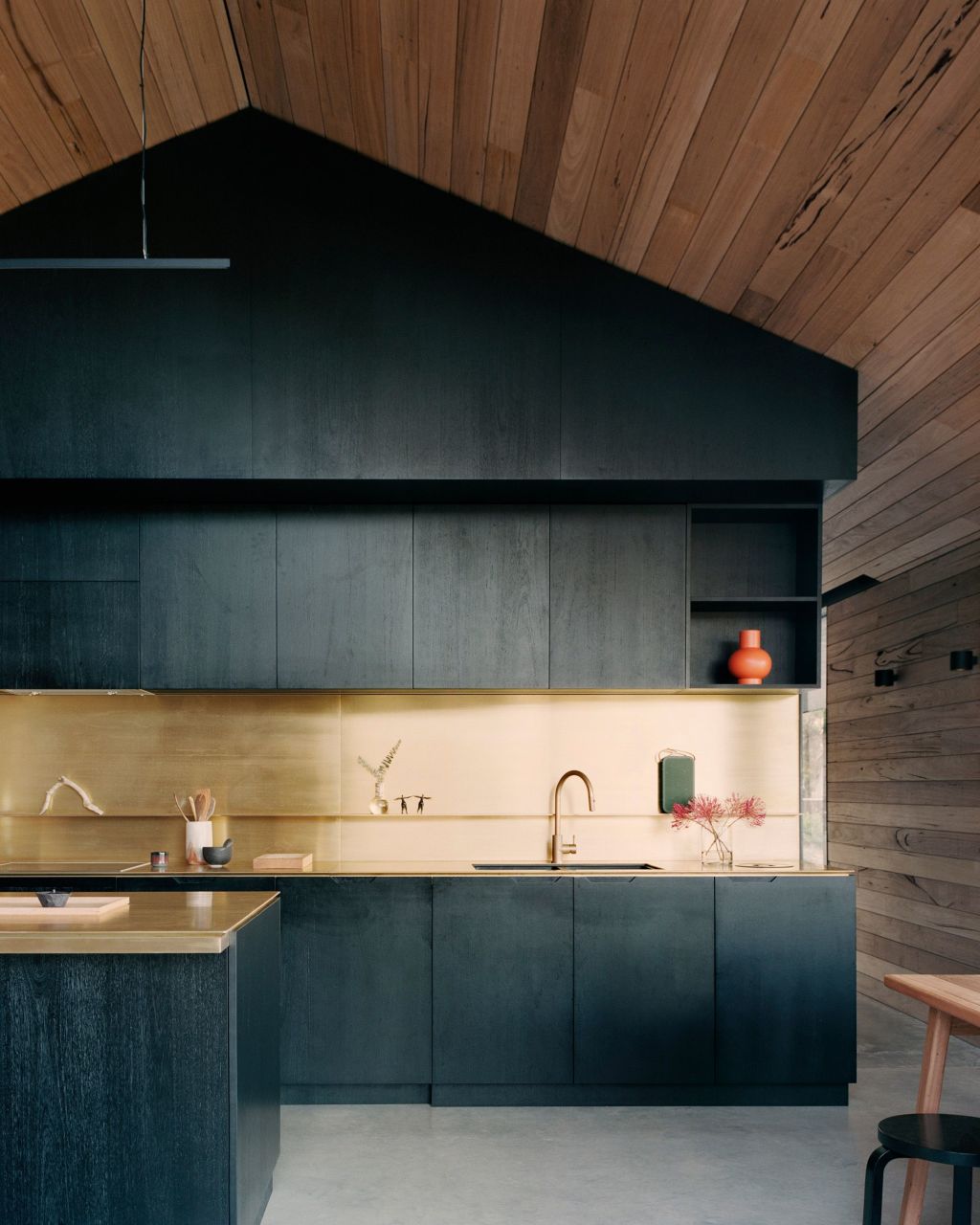
“Neither the clients or ourselves wanted any plasterboard,” Mr Shields said.
Touches of luxury are there – this is Lorne after all. The front door, kitchen benching and splashback are brass. “It’s a lot more rustic than concrete.”
A glass transit hall connects the two elements that are externally clad in vertically applied charred ironbark. The glazed passage was designed, according to Mr Shields, to establish “an enigma at the entrance that doesn’t tell anything about the house”.
Why such refined simplicity in overall form?
“I love sheds,” the Dreamer principal said. “I really like rural buildings and cottages because there is a familiar language in gable shapes. People understand them intuitively. People get it and love them.
“It’s the shape and the internal feeling they have of being big and open. They just work.”
We recommend
We thought you might like
States
Capital Cities
Capital Cities - Rentals
Popular Areas
Allhomes
More
